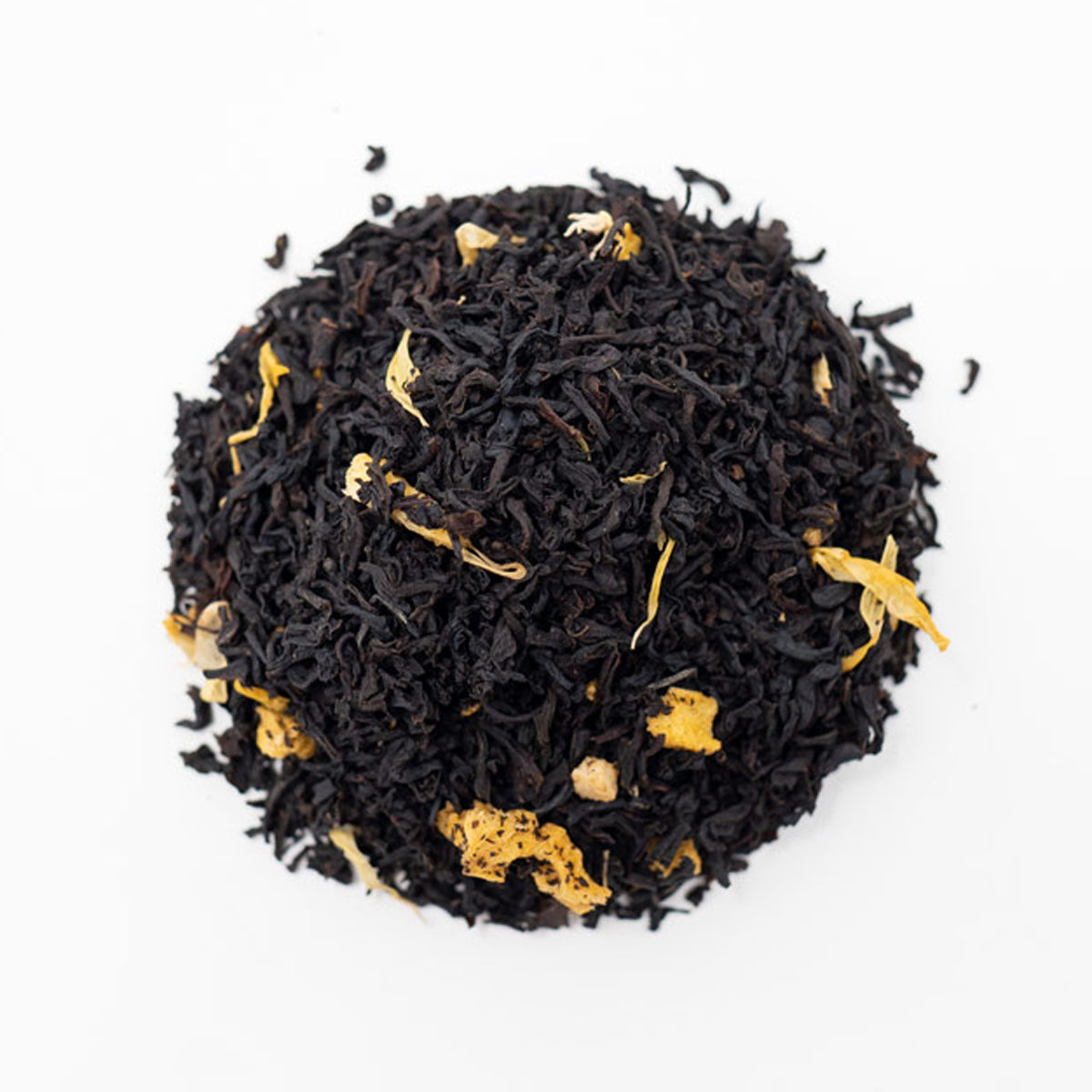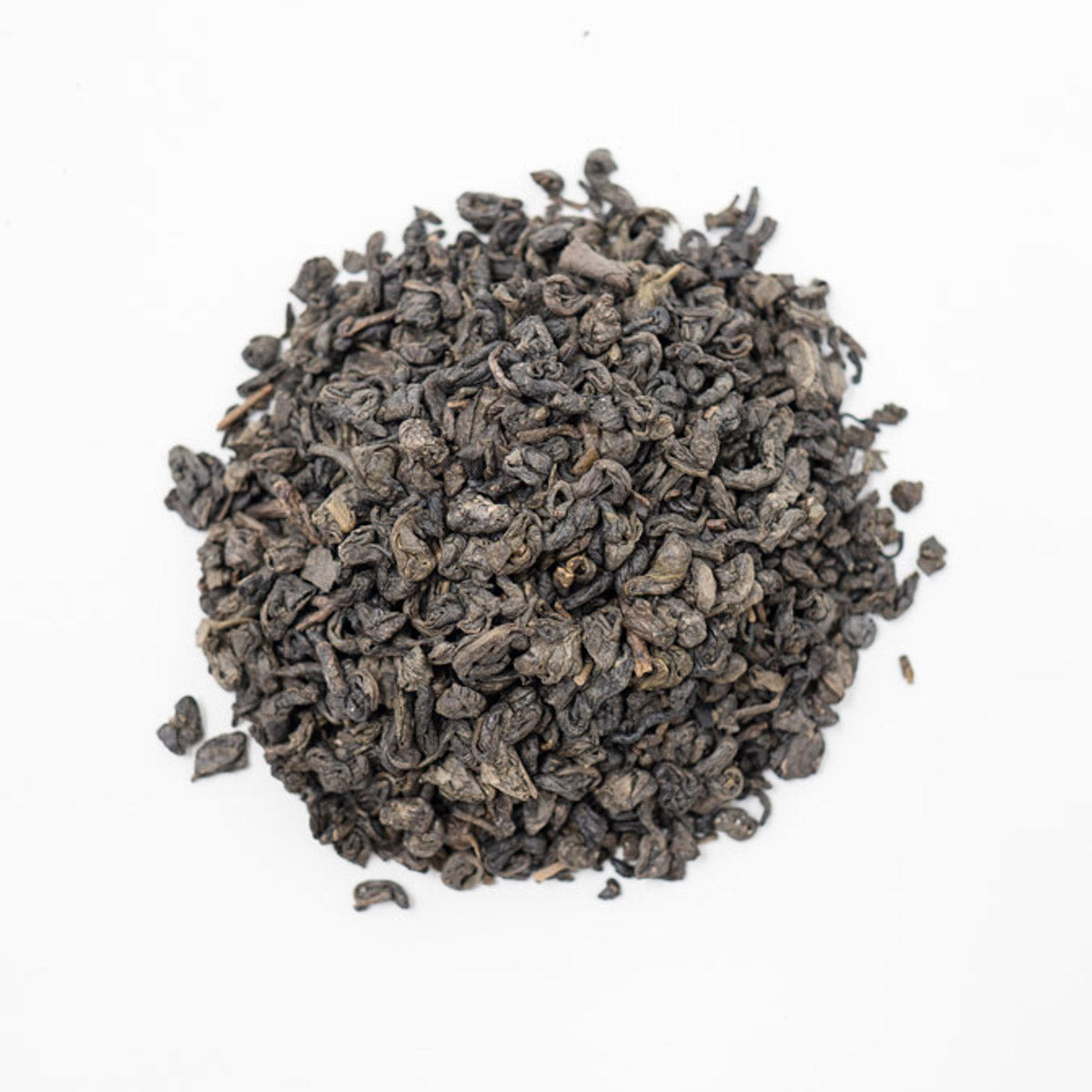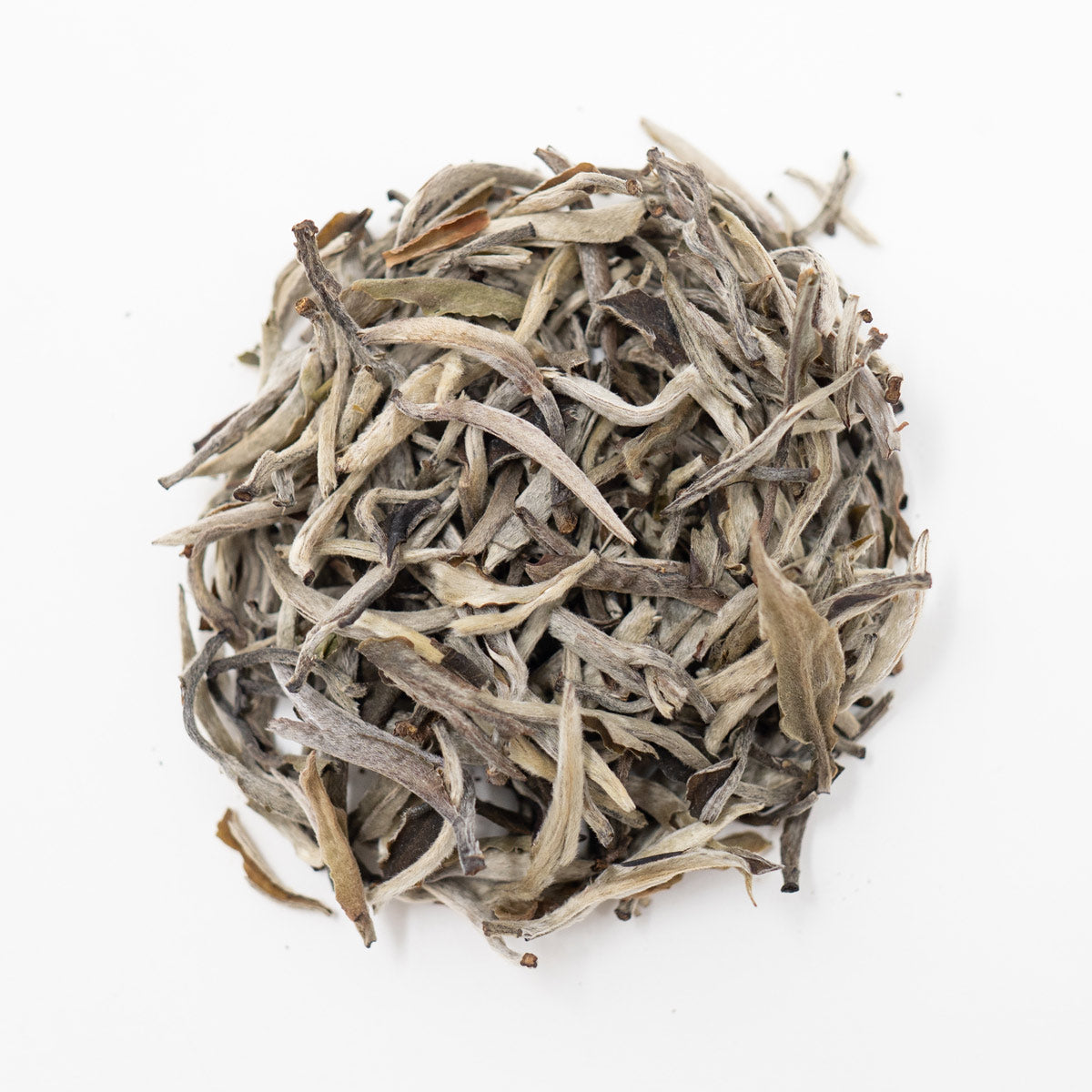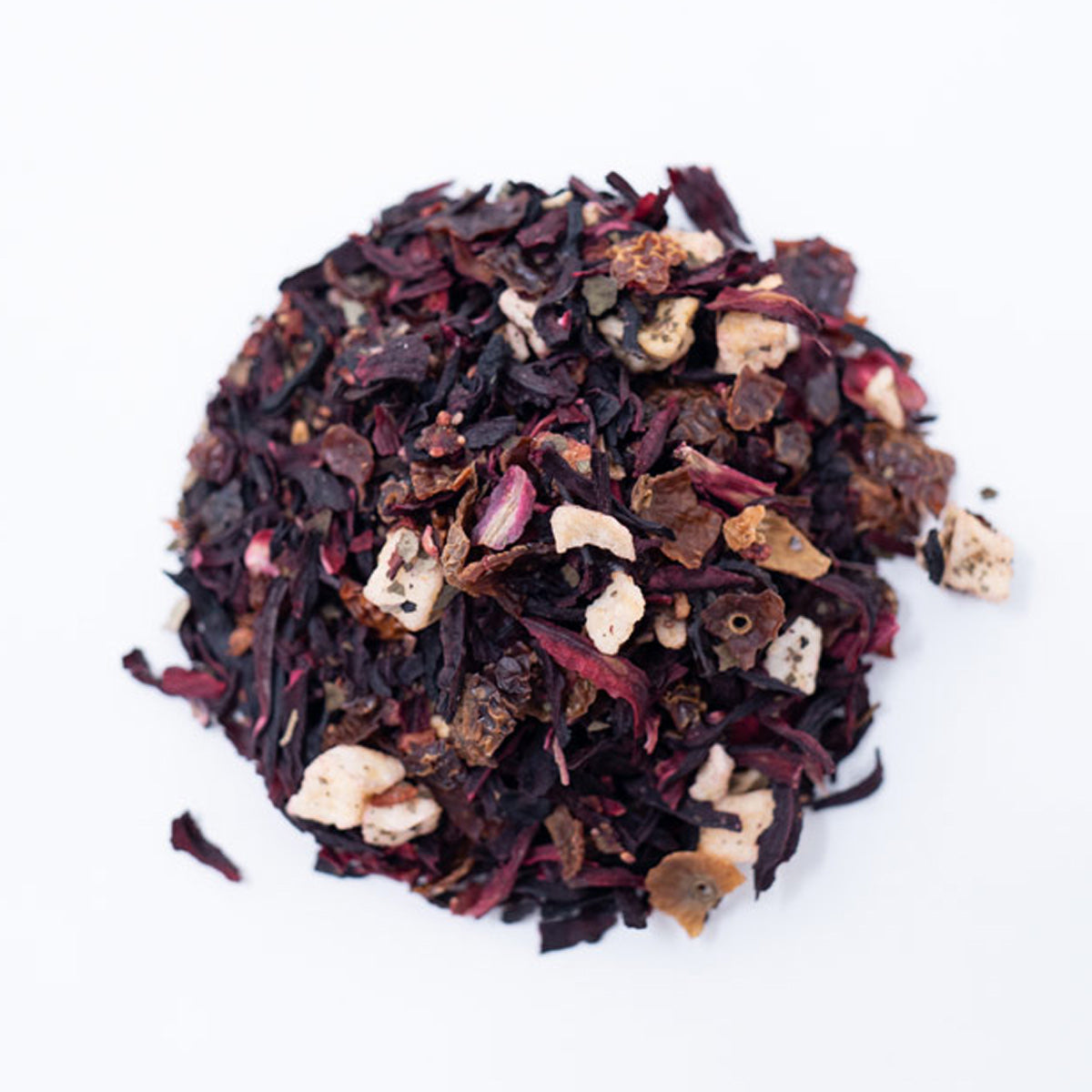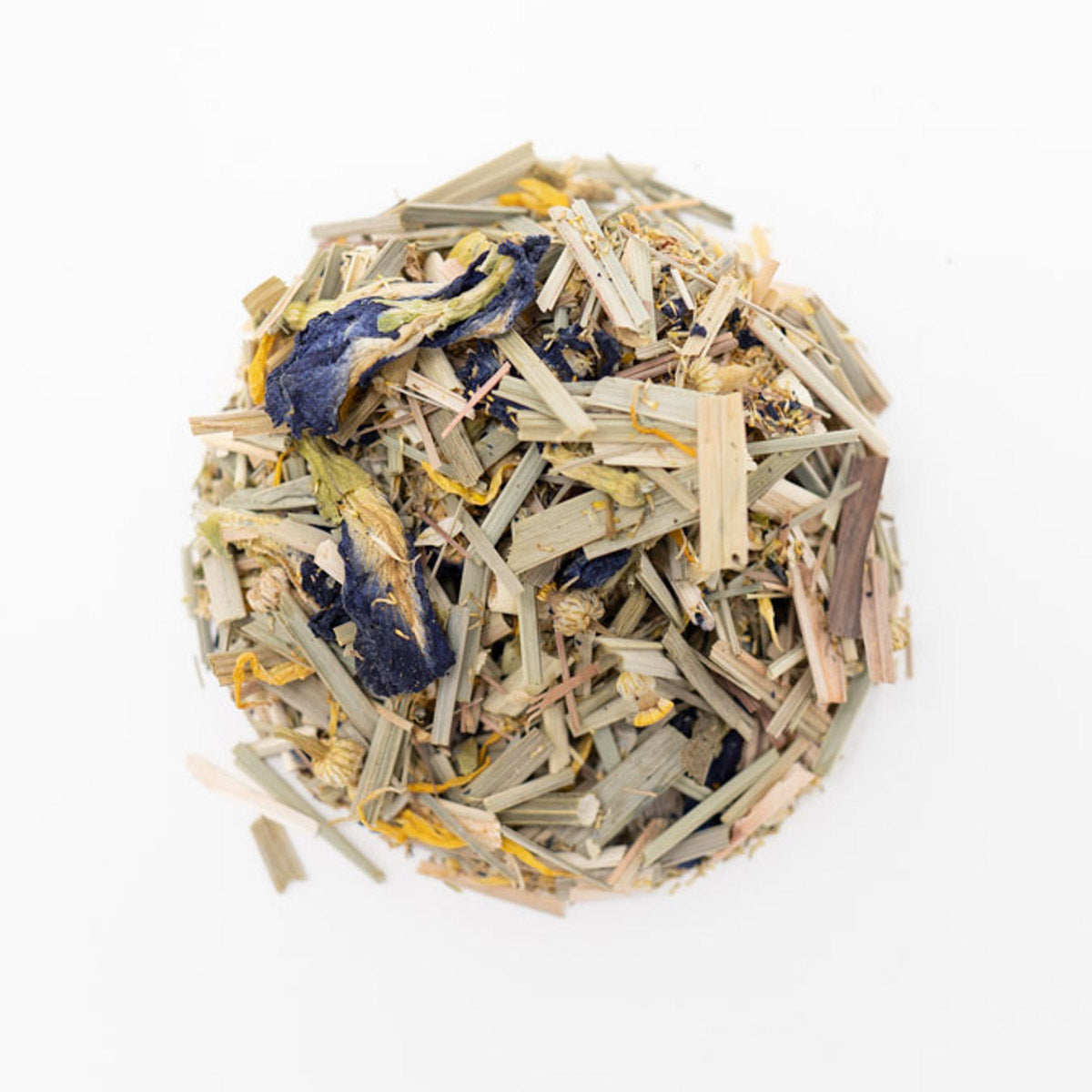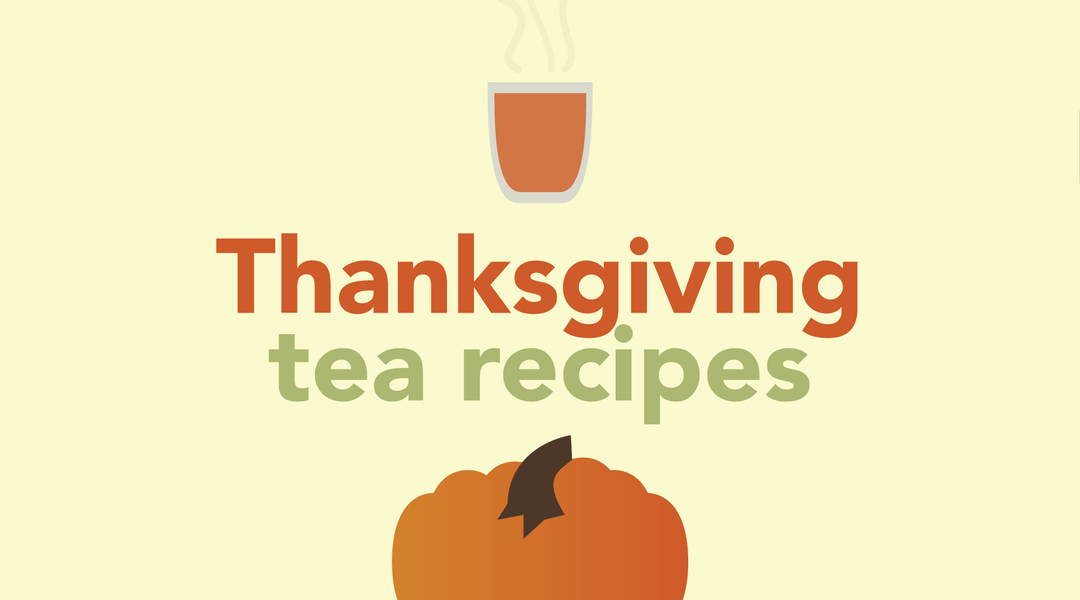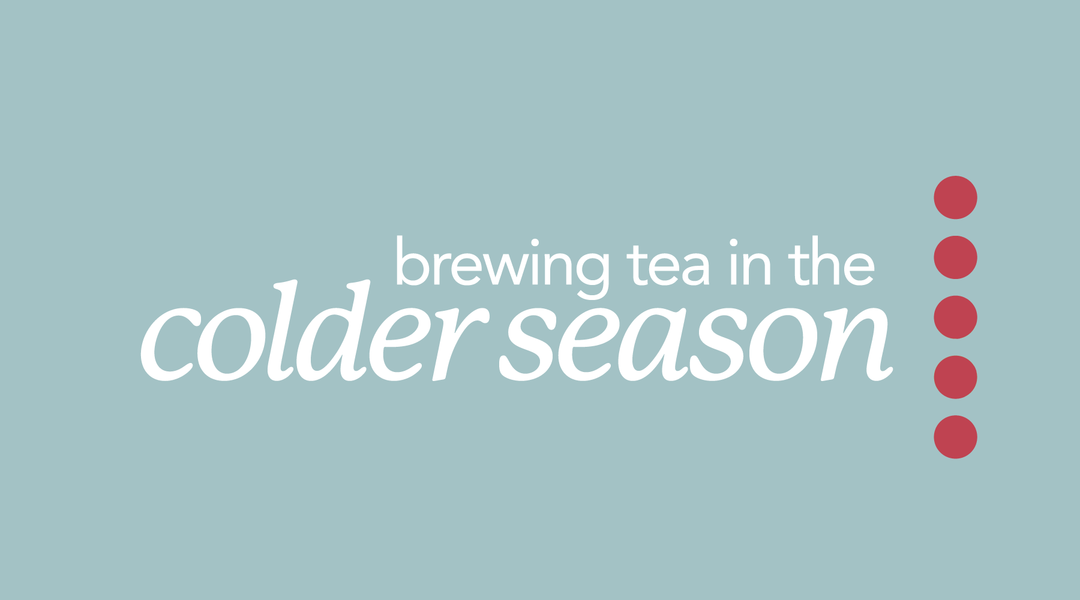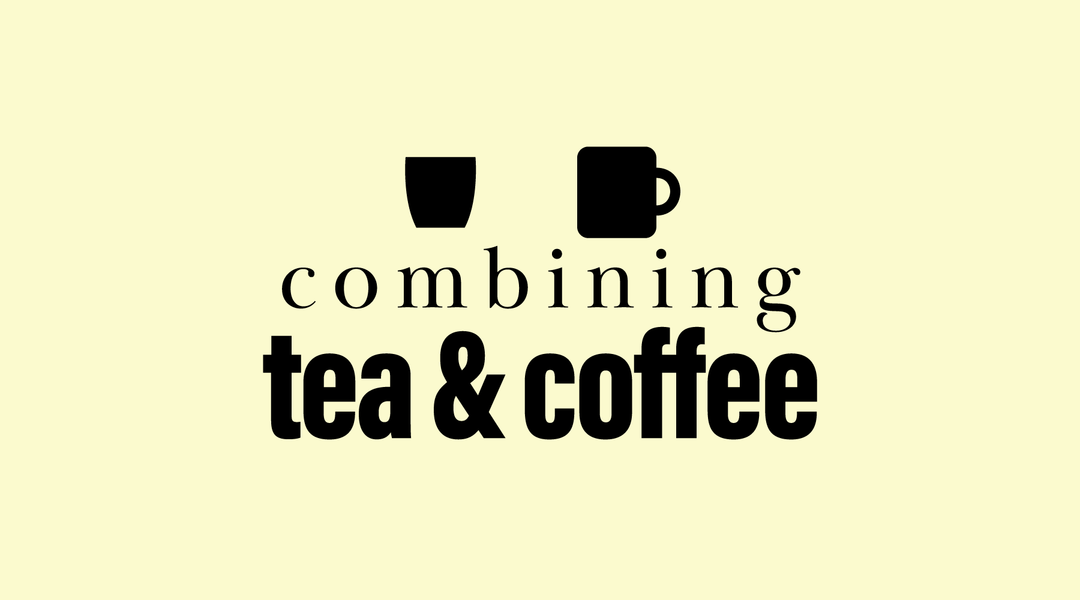The History of the Teahouse Part 3 | Evolution of the U.S. Teahouse
It's no surprise that there would be British influence in the U.S. Tea industry, but it never became engrained in Americans as it did in Britain. Tea was a very familiar practice in the 19th century, and many enjoyed "tea time." But in the 1920s, there was a surge of popularity among women opening up tea rooms. The 1920s was a time of upward mobility and cultural change for many. Women were gaining more independence; the proliferation of the automobile made traveling easier, allowing women to open Tea Rooms and enter the foodservice business in a male-dominated business world. Tea rooms would provide people with food during a busier and faster workday while giving women a way to build businesses. The pace of life would forever change after the 1920s, and so would the culture for many women in America.
Nearly all of the American Tea Rooms or Tea Houses were owned by women. Sometimes they even opened rooms in their homes or set up tables in their gardens. The popularity of tea rooms began to spread through different levels of societal classes. Since women ran them from all walks of life, tea rooms took on various styles. Some tea rooms were patronized by people in high society, others catered to artists, and some served people looking for a light lunch in the middle of a workday. With prohibition in full force, people often looked for other ways of amusement. It's uncertain if people were searching for an effect similar to alcohol and believed caffeine could be a replacement or if it was a new way of enjoying food and a variety of nonalcoholic beverages. The American tearoom didn't feature hot tea and baked goods like the British; they offered food like iced tea and chicken salad.
Today, you can still visit The Wenham Tea House and Exchange. When it first opened in 1912, women would not only provide food and tea; they would also sell handiwork, jams, and jellies. Tea rooms are still open across the United States, but their popularity tapered off over time. In the era of easy access to tea bags, faster food, and food service health codes, tea rooms would become less and less popular. Nevertheless, you can still visit a tearoom and enjoy a wide variety of food, tea, and other beverages, much like it was in the 1920s.
Nearly all of the American Tea Rooms or Tea Houses were owned by women. Sometimes they even opened rooms in their homes or set up tables in their gardens. The popularity of tea rooms began to spread through different levels of societal classes. Since women ran them from all walks of life, tea rooms took on various styles. Some tea rooms were patronized by people in high society, others catered to artists, and some served people looking for a light lunch in the middle of a workday. With prohibition in full force, people often looked for other ways of amusement. It's uncertain if people were searching for an effect similar to alcohol and believed caffeine could be a replacement or if it was a new way of enjoying food and a variety of nonalcoholic beverages. The American tearoom didn't feature hot tea and baked goods like the British; they offered food like iced tea and chicken salad.
Today, you can still visit The Wenham Tea House and Exchange. When it first opened in 1912, women would not only provide food and tea; they would also sell handiwork, jams, and jellies. Tea rooms are still open across the United States, but their popularity tapered off over time. In the era of easy access to tea bags, faster food, and food service health codes, tea rooms would become less and less popular. Nevertheless, you can still visit a tearoom and enjoy a wide variety of food, tea, and other beverages, much like it was in the 1920s.
